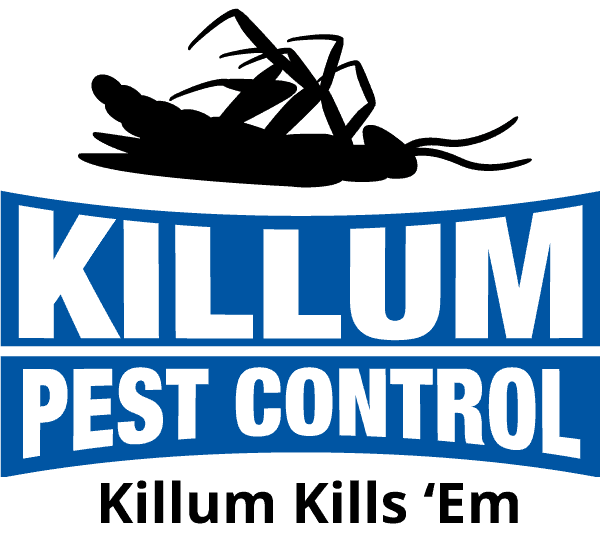Introduction
Termites are tiny creatures with a huge appetite for destruction. In Texas, they present a serious threat to homes and buildings, capable of silently chewing through wood, flooring, and even wallpaper. Understanding these pests is key to safeguarding properties and avoiding costly repairs. Knowing what termites are capable of and recognizing the importance of managing them helps you take action before they become a big problem.
The Texas Gulf Coast, with its warm climate, provides the perfect environment for termites to thrive. They can infest various parts of a property, including foundations, walls, and even furniture, often going unnoticed until significant damage has been done. Homeowners need to be aware of the common areas affected by termites, especially in regions like Houston and surrounding cities, where the climate creates ideal conditions for these pests. Being informed about their habits prepares you to protect your home from potential infestations.
Types of Termites Found in Texas
Texas is home to different termite species, each with unique behaviors and characteristics. Understanding them helps in identifying and tackling potential problems more effectively.
1. Subterranean Termites: These are the most common and destructive. They build underground colonies and search for food in your home’s wooden structures. These termites can create mud tubes to shield themselves from open air while traveling above ground.
2. Drywood Termites: Unlike their subterranean counterparts, drywood termites don’t need soil contact and can live entirely in the wood they consume. They can infest any dry wood structure, making furniture and even picture frames fair game for their colonies.
Recognizing the type of termite you’re dealing with is essential in selecting the appropriate control methods. Each species has specific traits that affect how they should be managed. Identifying them accurately can help you address the problem more efficiently and prevent further damage. Understanding these creatures enhances your ability to protect your home effectively, minimizing risks and avoiding potential infestations.
Signs of Termite Infestation
Catching a termite problem early can save a lot of trouble and expense. So how do you know if these silent destroyers are lurking in your home? Start by keeping an eye out for some telltale signs. Termites often leave behind mud tubes on walls or foundations. These tubes act as protective highways for the termites as they travel between your home and their underground nests. In addition to mud tubes, look for discarded wings near windows or doors. Termites swarm as reproductive adults to establish new colonies, and they shed their wings after finding a new spot to establish a nest.
Another clue is damage to wood structures. Sometimes you’ll notice wood that sounds hollow when tapped, or you might see the surface of the wood looking a bit like it’s been chewed or eaten away. If you suspect termites, it’s important to act quickly. Early detection can prevent extensive damage and save your home from structural issues later on.
Effective Prevention Methods
Avoiding a termite infestation is often easier and less costly than dealing with one. Here are some handy ways to keep them at bay:
– Regular Inspections: Set up regular checks of your property, both inside and out, to catch potential problems before they get out of hand.
– Remove Wood Debris: Clear any old wood, lumber, or debris from around your property, especially near the foundation, as this can attract termites.
– Fix Leaks Promptly: Termites are drawn to moisture. Repair leaky pipes, water damage, and any areas where moisture might collect.
– Maintain Ventilation: Keep crawl spaces and attics well-ventilated to prevent humidity build-up.
Engaging a reliable pest control service is an effective way to keep your home free of termites. Professionals can provide inspections and tailored treatments, making sure no unnoticed threats are developing.
Control Methods and Treatments
When prevention isn’t enough, various control methods can help handle termite issues:
1. Chemical Treatments: These involve applying termiticides to the soil, creating a barrier around the home to repel or kill termites.
2. Bait Systems: Strategically placed baits that termites ingest and then share with their colony, eliminating them gradually over time.
3. Physical Barriers: These can include sand barriers or metal shields installed during construction, acting as a physical block to keep termites out.
Each method has its own set of pros and cons. For instance, chemical treatments offer quick results but may involve more invasive processes. Bait systems are less intrusive but may work slower. Professional intervention ensures the selected method effectively tackles the problem and prevents its return.
Safeguarding Your Property in Texas
Understanding termite behavior and implementing prevention strategies is crucial to safeguarding your home. Consistency in these efforts can make all the difference. Regular inspections and timely treatments can protect your property against these pests, so you can enjoy peace of mind knowing your home is secure.
By addressing termite issues with diligence and the right tools, Texas homeowners can maintain the integrity and value of their properties. Staying informed and ready to act ensures that you’re always one step ahead of the problem, making your home a fortress against any unwelcome visitors.
For comprehensive solutions to protect your home from termites in Texas, learn more about how Killum Pest Control, Inc. can help. Our professional services ensure the effective management of these pests, safeguarding your property year-round. Keeping your home termite-free has never been simpler.





